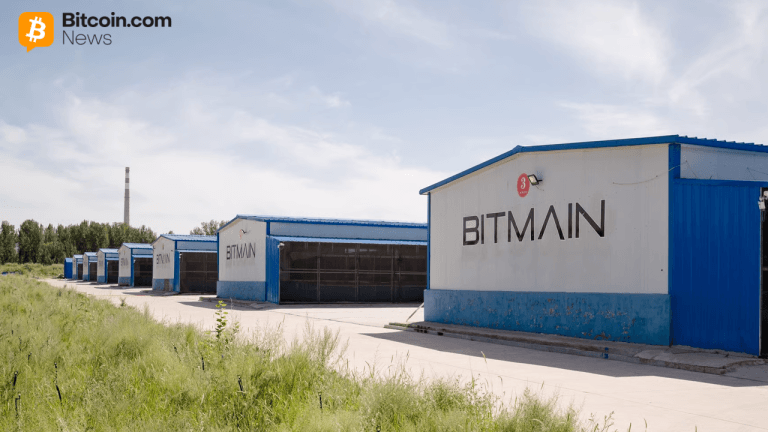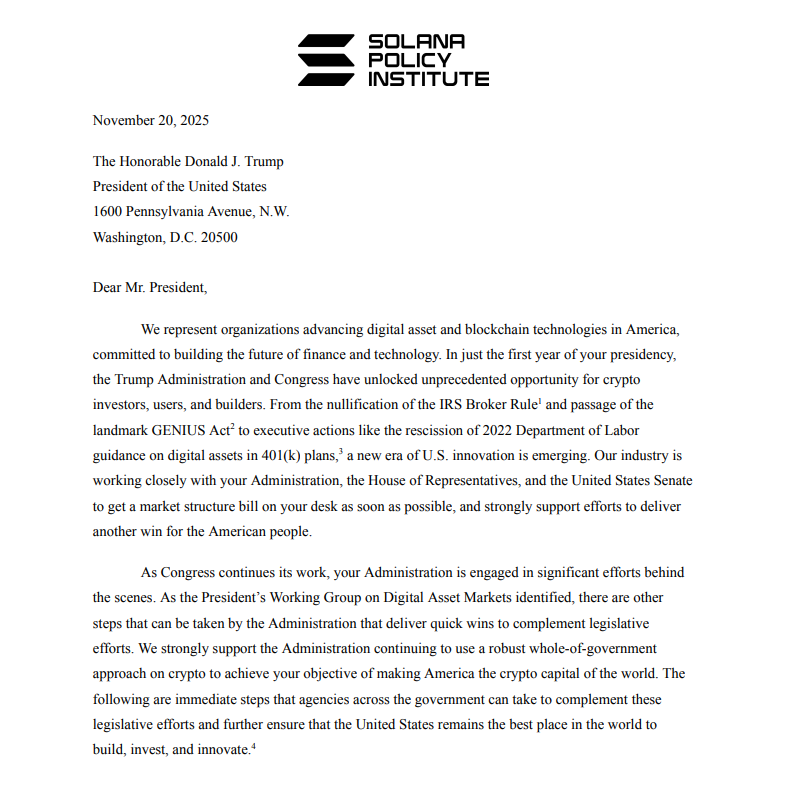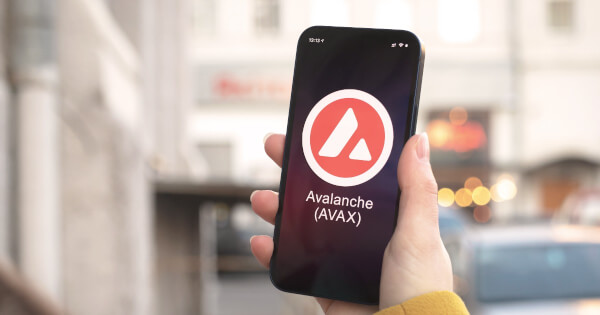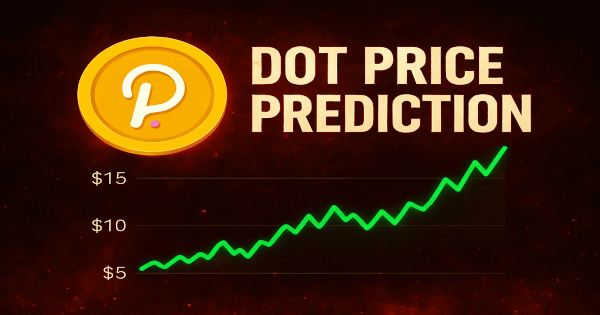LSD History:
Staking requires locking up currency for a specific period of time but being able to redeem it later. It essentially serves as collateral; if a validator makes a mistake, such as proposing two blocks at once, they will lose some of the currency at stake (or be slashed, in other words).
Liquid Staking Derivatives (LSDs) make staked funds liquid and usable for other purposes. This is accomplished by issuing tokens that represent the ETH staked. When a user stakes ETH with an LSD provider, they will receive (ERC-20) tokens that allow them to redeem their deposit.
Before Ethereum, LSDs existed on other chains, such as Kusama/Polkadot, where unstacking can take up to 28 days. The popularity of LSD on Ethereum stems from the fact that it was previously unknown when withdrawals/unstacking would be possible. Ethereum withdrawals have now been confirmed as part of the Shanghai upgrade in March and will be covered in greater detail in a future write-up.
How Do LSDs Work?
The cToken model is used by the majority of LSDs. When you stake 1 ETH, you will receive 1 tokenETH, a token representing your deposit. The ETH deposited is pooled and grows as it accumulates rewards. You can get your deposit and share of the rewards back by exchanging tokenETH for ETH.
There is no 1:1 ratio between the token and the staked asset in LSD systems. There will always be fewer tokenETH than there are ETH. As the amount of ETH staked grows with rewards, so does the amount that can be redeemed with tokenETH. This is why LSD token prices aren’t always the same as ETH prices at any given time.
Staking on ETH and receiving rewards on that staked ETH on a regular basis is an alternative to LSD. This can be accomplished by directly staking 32 ETH or by participating in programs that offer to stake but do not provide a token in exchange. The rewards are paid out in ETH based on the performance of the validator.
Staking with Coinbase, for example, provides a user with a 3% yield in ETH. Alternatively, you can participate in the LSD and receive cbETH tokens after you stake with Coinbase. When you do this, you will no longer directly accumulate ETH rewards; instead, you will exchange the cbETH for ETH in exchange for a share of the pool’s rewards.
Providers of LSD
There are various LSD providers, each with its own set of advantages and disadvantages. There are up to 20 staking services to choose from, with up to 7 offering an LSD, according to Beaconchain. From most centralized to least centralized, here are the major LSD providers and a brief explanation of each.
Exchanges that are centralised
There are centralized exchanges that provide LSDs; these are the simplest but also the most expensive solutions. Fees on centralized exchanges can reach up to 30% — that is, 30% of rewards go to Coinbase before the rest is distributed to stakes.
When staking with a centralized exchange, the nodes are entirely run by their employees. The cToken model is used by exchanges such as Coinbase. To exchange the LSD ETH for regular ETH, centralized exchanges required identity verification or KYC.
LIDO
LIDO is one of the first Ethereum LSD providers. They allow anyone to stake any amount of ETH in exchange for stETH. The LIDO DAO appoints potential validators and distributes ETH to them. LIDO takes 10% of rewards, with half going to validators and the other half going to a DAO treasury to be used as needed.
The cToken model described above is not used by LIDO. Instead, the DAO chooses oracles to aggregate the balances of all validators using LIDO ETH. The supply of stETH is then adjusted based on whether there is a net increase or decrease. If a day ends with more rewards, stETH is distributed. Otherwise, some stETH is burned. The supply of stETH is adjusted in this manner on a daily basis.
Pool of Rockets
Stakers and node operators are two types of independent participants in Rocket Pool. Stakers can deposit any amount they want, while node operators must have at least 16 ETH. Stakers contribute 16 ETH to node operators, which is used to set up a validator node. Node operators receive 15% of the rewards generated for ETH staked on others’ behalf.
Only stakers, not node operators, receive the rETH LSD in Rocket Pool. This means that node operators get paid directly, whereas stakers get paid the LSD way: by exchanging rETH for ETH. The cToken model is used by Rocket Pool’s LSD.
Rocket Pool’s upcoming “Atlas” upgrade will allow node operators to participate by depositing 8 ETH rather than the current 16.
Finally, LSDs allows you to be in two places at the same time. Staking ETH can generate yield, and a token equivalent can be used in DeFi to generate additional yield. LSDs’ flexibility makes them an appealing option for many new stakeholders. They come at the expense of some lost reward fees, but the benefit is the flexibility and the elimination of the need to set up a validator node at home.
It is my hope that LSD providers will make staking more accessible in the future, and that more people will be able (and willing) to set up their own nodes. There is a serious risk of centralized LSD providers staking too much ETH, but they allow many newcomers to participate in staking.
[link] [comments]

You can get bonuses upto $100 FREE BONUS when you:
💰 Install these recommended apps:
💲 SocialGood - 100% Crypto Back on Everyday Shopping
💲 xPortal - The DeFi For The Next Billion
💲 CryptoTab Browser - Lightweight, fast, and ready to mine!
💰 Register on these recommended exchanges:
🟡 Binance🟡 Bitfinex🟡 Bitmart🟡 Bittrex🟡 Bitget
🟡 CoinEx🟡 Crypto.com🟡 Gate.io🟡 Huobi🟡 Kucoin.




















Comments